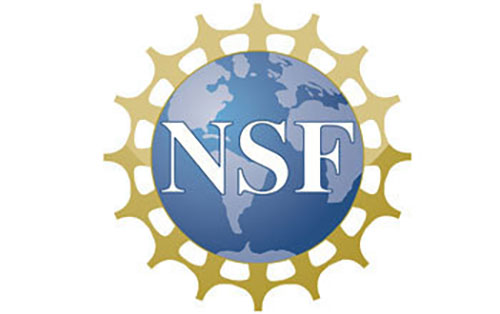
PROVIDENCE, R.I. [Brown University] — The National Science Foundation has awarded five Brown University faculty members with Early Career Development (CAREER) awards, the NSF’s most prestigious awards in support of early-career faculty nationwide.
Assistant Professors Franklin Goldsmith, David Henann, Jeff Huang, Anastasios Matzavinos, and Andrew Peterson will each receive approximately $500,000 over five years to support research efforts as well as teaching and outreach activities.
“We are thrilled to have had such a great year with NSF CAREER proposals, a reflection of the talent and hard work of the applicants,” said David Savitz, vice president for research at Brown. “Not only will important research go forward as a result, but these help to launch the careers of several outstanding researchers on our faculty. We will do all we can to build on this success next year and support junior investigators.”
Here is an overview of each faculty member's research, which the CAREER grants will help to fund:
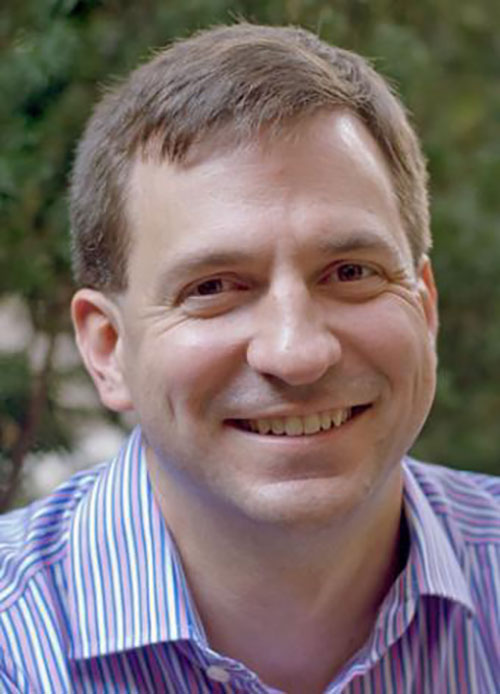
School of Engineering
One strategy to improve the efficiency of automotive engines is to reduce the peak combustion temperature. These new kinds of engines frequently use fuel additives to improve combustion performance, but these additives produce a number of chemical byproducts, some of which are known to be highly toxic. Goldsmith’s work aims to better predict what kinds of byproducts nitrogen-based additives will produce and in what amounts. The work will provide engineers with the tools to quantify the interactions between additives and fuels, and to predict how changes to additives, fuels, or engines will affect emissions. Additionally, the work will help atmospheric chemists by improving their forecasts of smog and related problems.
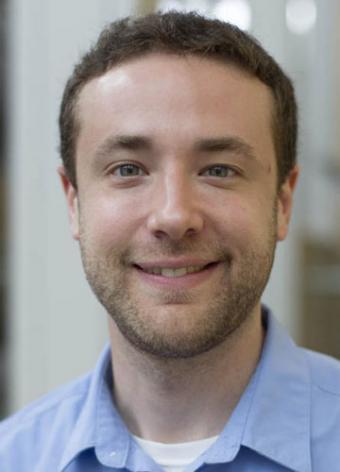
School of Engineering
Henann’s award will support his work developing theoretical models that describe the behavior of flowing granular materials. Granular flows happen naturally in sand, soil, and snow, as well as in industrial and agricultural settings like the packaging of pharmaceutical pills and movement of grains in silos. Predicting the behavior of these flows is challenging, especially when the material consists of particles of different sizes. Henann will work to develop models that predict how grains of different sizes segregate themselves, and how that segregation influences the dynamics of the aggregate flow. Such models could help better predict the dynamics of landslides and avalanches and help to streamline industrial processes dealing with granular materials.
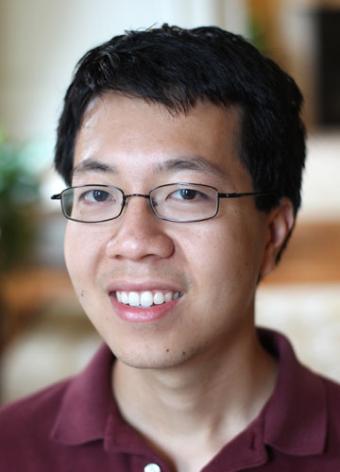
Computer Science
Huang uses data on how people interact with mobile devices and apps to develop interfaces that automatically tailor themselves to the needs of individual users. For example, someone with a visual impairment may often zoom in while using a mobile device to make text easier to see. Huang envisions systems that capture those kinds of patterns in user interaction and adjust accordingly, perhaps by automatically selecting text sizes according to the zoom level a user often uses. Such interfaces could also use data on the user's posture during use, adjusting according to whether a user is walking, sitting, or lying down. As part of the work, Huang will design algorithms to interpret those interactions, and ultimately look for ways of harnessing those data to improve the usability and accessibility of mobile interfaces.
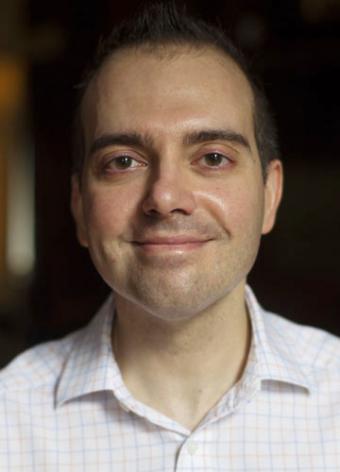
Division of Applied Mathematics
Cells in the body respond to mechanical cues from their environment through complex networks of entangled and cross-linked polymers. These intracellular networks influence how cells grow and divide, how stem cells differentiate into specific cell types, and how cancer cells proliferate, among other important phenomena. Matzavinos will work to develop better computer models of how these networks operate. Most prior models have ignored the feedback between intracellular networks and the intracellular fluids and membranes that surround them. Matzavinos plans to develop models that capture these critical dynamics. Better models hold the potential to help diagnose and treat cytoskeleton-related diseases like Alzheimer’s and Parkinson’s, and help guide the development of stem cell techniques.
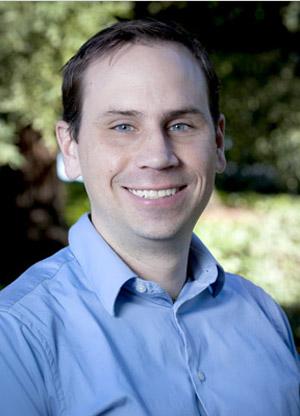
School of Engineering
Peterson works to design catalysts that drive the kinds of chemical reactions that are important in solar devices, batteries, fuel cells, and other clean-energy applications. How well a catalyst works is often dependent upon its atomic configuration, electronic structure, and other important variables. Peterson’s lab uses computer modeling and machine learning to understand how these variables influence the reactivity of catalysts. Those models can then be used to optimize existing catalysts and design new ones. Peterson will use the CAREER grant to continue development on a software system called Amp, which helps to accelerate the process of investigating the range of configurations that influence catalyst reactivity.